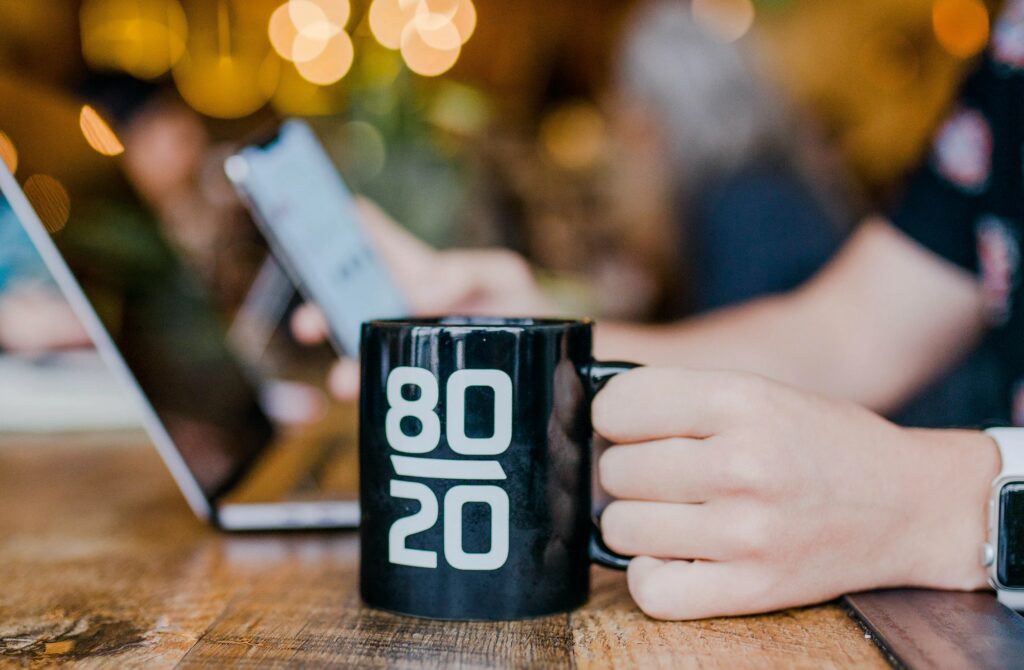Modern life is full of activities, events, and opportunities. As a result, people may feel that they are running out of time or energy. The truth is that sometimes we aim to strive for so many goals while having no rules or strict plans to fulfill all the tasks.
There is a particular category of people who manage to do everything on time. What is more, they also spend less time and, one would think they do less while, eventually, getting more. Natural talents have nothing to do with such a result; it is all about practice and doubled effort.
Just as any expert from essay-reviews.com writing service follows the instructions, people can stick to several tips on how to work effectively, doing less, and getting more. Here, they will find five ways on how to do this. These are as follows:
- Energy management
- Rule of quality
- Parkinson’s law
- The 80/20 law
- Free your brain
1. Energy Management

If time management is about using time effectively, energy management is more about using energy so that a person is not exhausted while operating diverse tasks. Sure, it is always pleasant to realize that dozens of tasks are ready in a short span of time. However, it all can lead to exhaustion and a decline in strength. Therefore, there must be a scheme for spreading energy while working and doing some daily routine:
- Working in bursts is a must. There must be time for a complete focus on your work with no distractions; on the other hand, there must be time for total relaxation. There is no point in working the entire day, as your brain will explode once.
- One project at once. If some projects require several hours for competition, finish these in one go. By doing this, it is easy to see how energy management can boost productivity.
- The rest is obligatory. Some people may consider resting time as a stopper. However, it is critical to shift focus. While resting, do some sports, watch some fun videos, or do whatever you want to relax for some time. It is a natural recharge everyone needs from time to time to get down to a new piece of work.
2. The rule of quality

When the number of tasks or projects exceeds two, people often lose the focus on quality while giving all their energy and time for quantity. The result in such situations is visible – the tasks are barely complete, weak, and low in quality. The main idea of the second hint is to chase after a more significant output. In other words, an extra input must always lead to even a bigger output, and never vice versa.
As people are experimenting with time, it is possible to select the tasks that require more time and, therefore, more effort needed for the top-notch quality. It is useful to measure how a person’s effectiveness changes with different time spent on the same task. For instance, it can be a daily e-mail check.
3. Parkinson’s law

A widely famous Parkinson’s Law says that “work expands so as to fill the time available for its completion.” A historian Cyril Northcote Parkinson once concluded that deadlines work in such a way that people use all the time given to complete a particular task. With this in mind, it seems to be wise to set several deadlines to see progress while working on big projects.
When people know that there is a specific date when the task should be ready, they work faster on the organizational step. Some prefer using timers, while others take notes on the progress process. If a project requires lots of time and effort, it is better to split it into several parts and focus on each full-fledged.
4. The 80/20 rule

This rule perfectly fits into the topic of the article, as it offers a model using which you can complete more by doing less. Well, many would think that is an excellent example of how to do less, and that is it. Nevertheless, the point of the 80/20 rule is to do less quality and effective moves to get a more significant output eventually.
The rule turns around prioritizing the tasks and spending energy on these more. There might be some other adjacent tasks that also contribute to the final result. According to the rule, a person should spend less time on these. Everything should be done, and it is just a matter of priority and time spent on every focal area. Here is a simple list of helpful tips:
- Learn to say ‘no’ to tasks that require your attention, however, have no value for the task
- Improve time spent on smaller tasks
- Focus on learning some essential concepts and don’t focus for too long on little details.
5. Free up your brain

Last but not least is to free the brain from time to time. People are not machines, and their brain needs some rest from time to time. People hear new information every day, and they should learn to organize it the right way.
Such things as a visit to a dentist, an urgent call, or an important date can stuff the brain so that a person is likely to forget something fundamental. The simplest thing to free the `storage’ place in the brain is to use a notebook or a reminder app to keep trivial things there.
These were some of the most uncomplicated hints on how to get done more while doing less. As it always happens, the result is achievable only when a person keeps on practicing some skills. Therefore, it is better to take all the hints and turn these into a new complex habit.
Perhaps, some of the recommendations will work better, and others will seem less effective. However, the bottom line is that it is possible to do less and get more – everything depends on the person’s effort and desire.









